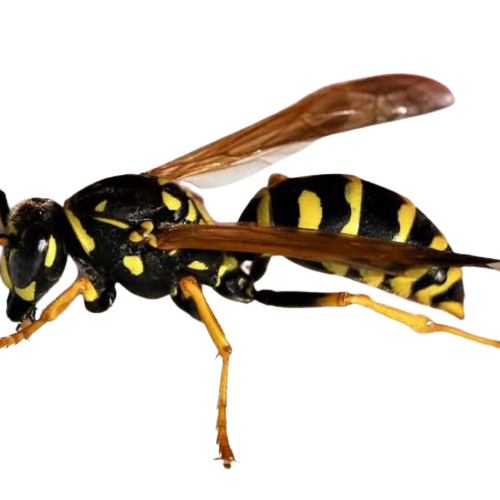
What actually are Wasps ?
Scientifically known as Hymenoptera, wasps belong to the class Insecta. They possess slender bodies, vibrant colors, and distinctively narrow waists. With various sizes, shapes, and colors ranging from bright yellow and black stripes to metallic blues and greens, wasps can be found in environments ranging from forests and gardens to urban areas.
Certain wasp species, notably yellow jackets, exhibit aggressive behavior when their nests are disturbed. Their stings can cause severe pain and allergic reactions in some individuals. Due to their attraction to sugary foods and beverages, outdoor parties can be disrupted by these creatures. If you notice signs of a wasp infestation, seeking the assistance of professional pest control can effectively resolve the issue.
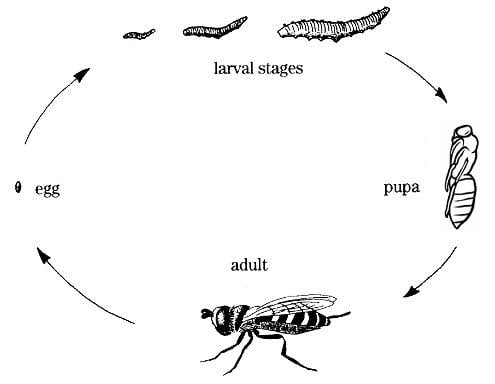
Life Cycle of Wasps
Wasps go through a four-stage life cycle: egg, larva, pupa, and adult. Female wasps lay eggs, which get hatched. The larvae are fed by the queen. Larvae pupate in cells, transforming into adult wasps.
After hatching, the eggs progress into the larva stage. During this stage, the larvae are fed by adult wasps.
Transitioning to the pupa stage, the larvae create protective cocoons. Within these cocoons, they undergo metamorphosis.
Emerging from the cocoon, an adult wasp emerges. It is now a fully developed adult with functional wings for flying.
TYPES OF wasps
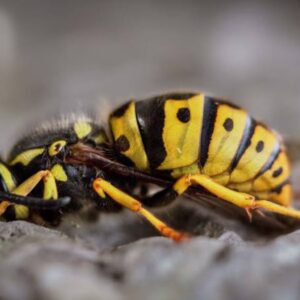
Yellow Jacket wasps
These wasps are easily recognizable by their yellow and black stripes. They live in colonies and construct nests. They are drawn to sugary substances and can become bothersome during outdoor gatherings.
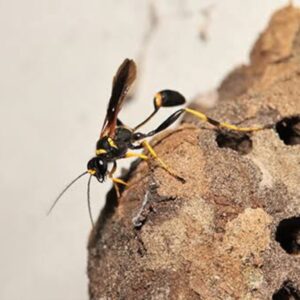
Mud Dauber wasps
Mud dauber wasps craft nests from mud. Although they aren’t harmful to humans, their presence around the house can be a nuisance due to their frequent flying.
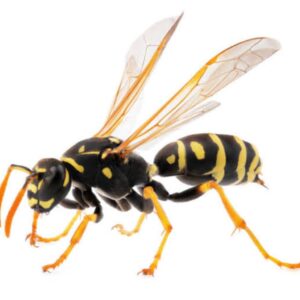
Paper wasps
Characterized by their elongated bodies and long legs, paper wasps create nests using paper-like materials. While not as aggressive as yellow jackets, they still pose a potential threat to humans.
Overcoming wasps infestation
Wasps are seen in varied species and behaviors. While most are beneficial as they prey on other pests, certain species pose a threat to humans due to their aggressive nature and painful stings. To ensure safety, it’s crucial to identify and eliminate dangerous wasp species. For effective pest control in Dubai, consider reaching out to Al Rasa pest control services.
Frequently Asked Questions
Wasps have slimmer bodies and are generally more aggressive in nature. Bees, on the other hand, usually collect pollen to make honey. Hornets are larger in size and are often more aggressive compared to other species.
Not all Wasps are aggressive. Some species may attack when they feel disturbed, while others may not display aggressive behavior.
Yes, most Wasps build nests and they are social in nature. Depending upon their size and body size their nest shape also varies.
- To avoid Wasp stings
- Avoid rushing to kill them on sight.
- Refrain from disturbing their nests.
- Seek assistance from pest control experts to manage Wasp issues safely and effectively
The lifespan of Wasps varies by species, ranging from a few weeks to several months. Queens generally live longer than males.
Some facts and information about wasps
- Wasps are capable of stinging multiple times, posing a danger to humans and causing severe allergic reactions.
- The majority of wasp species are predators, primarily preying on insects and spiders.
- Paper Wasps construct nests resembling umbrellas, while yellow jackets create nests in the ground.
- Wasps employ chemical signals and displays to communicate effectively.

The wasp's life cycle begins when a female lays eggs in nests. The eggs are attached to surfaces using a glue-like substance.